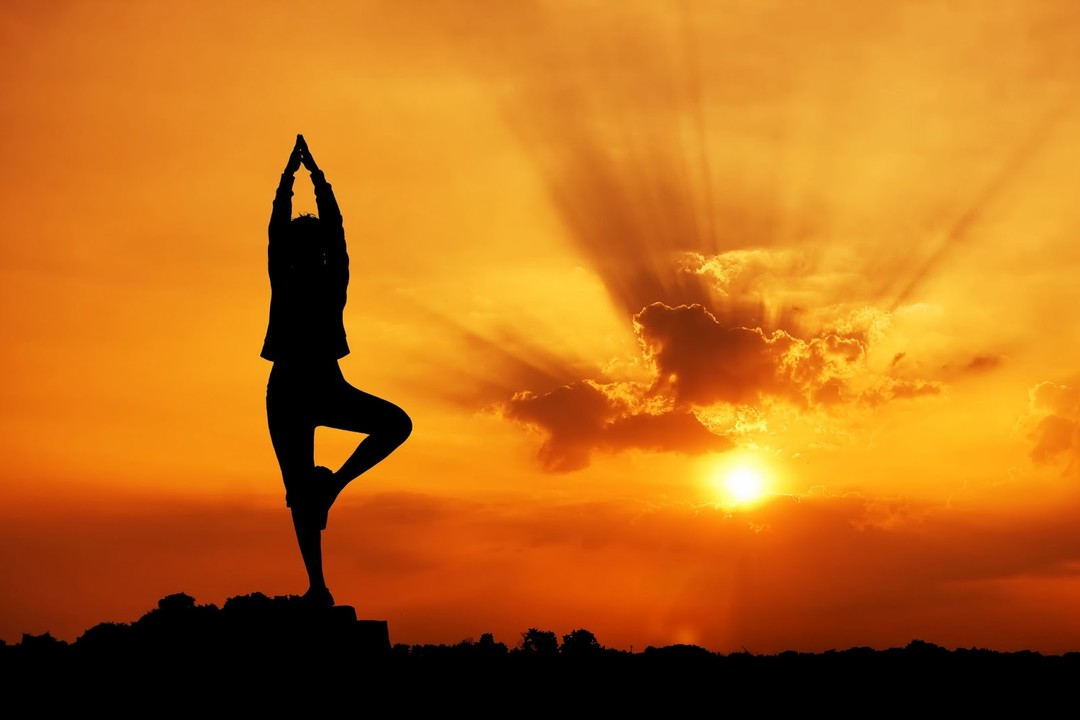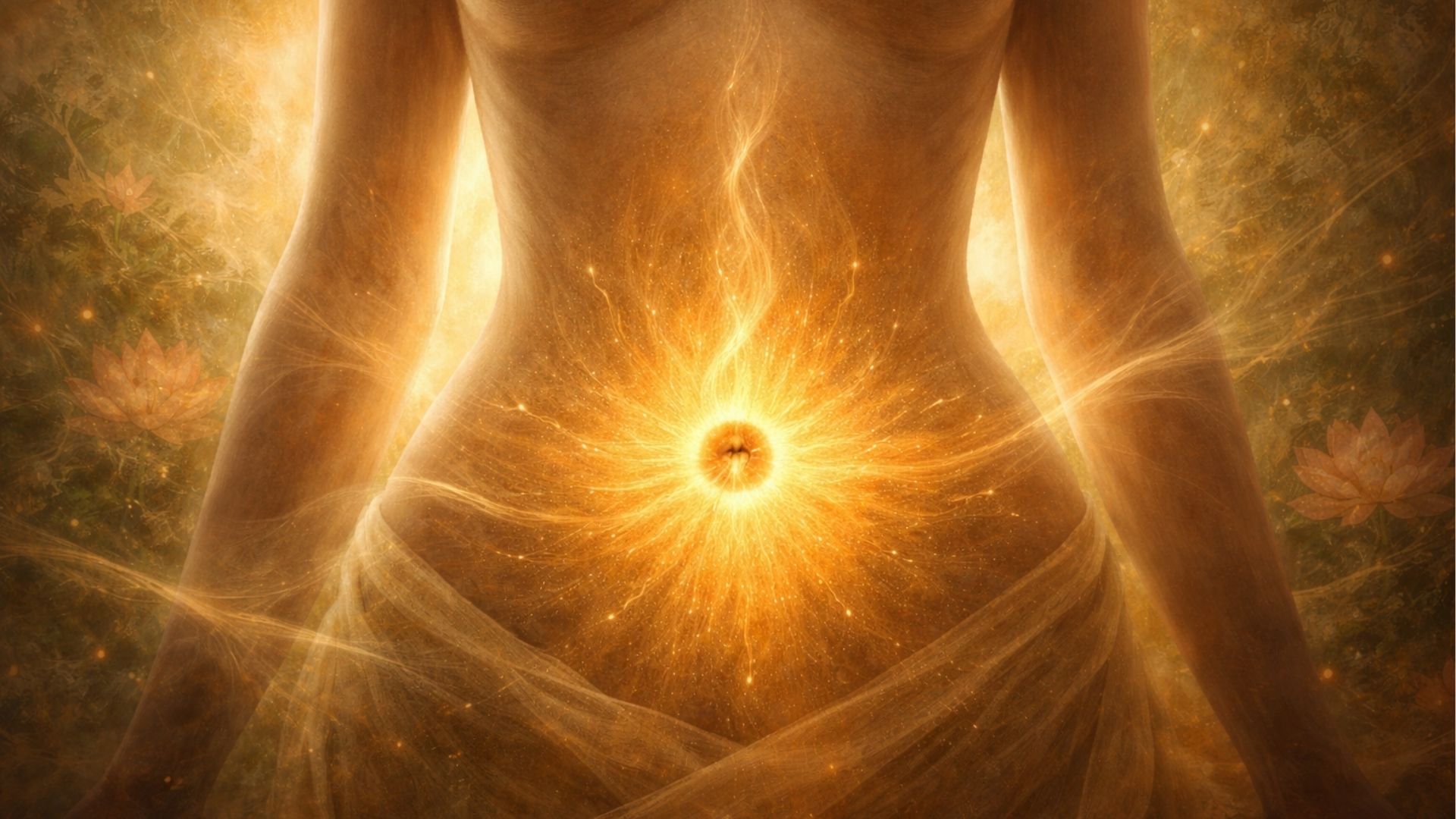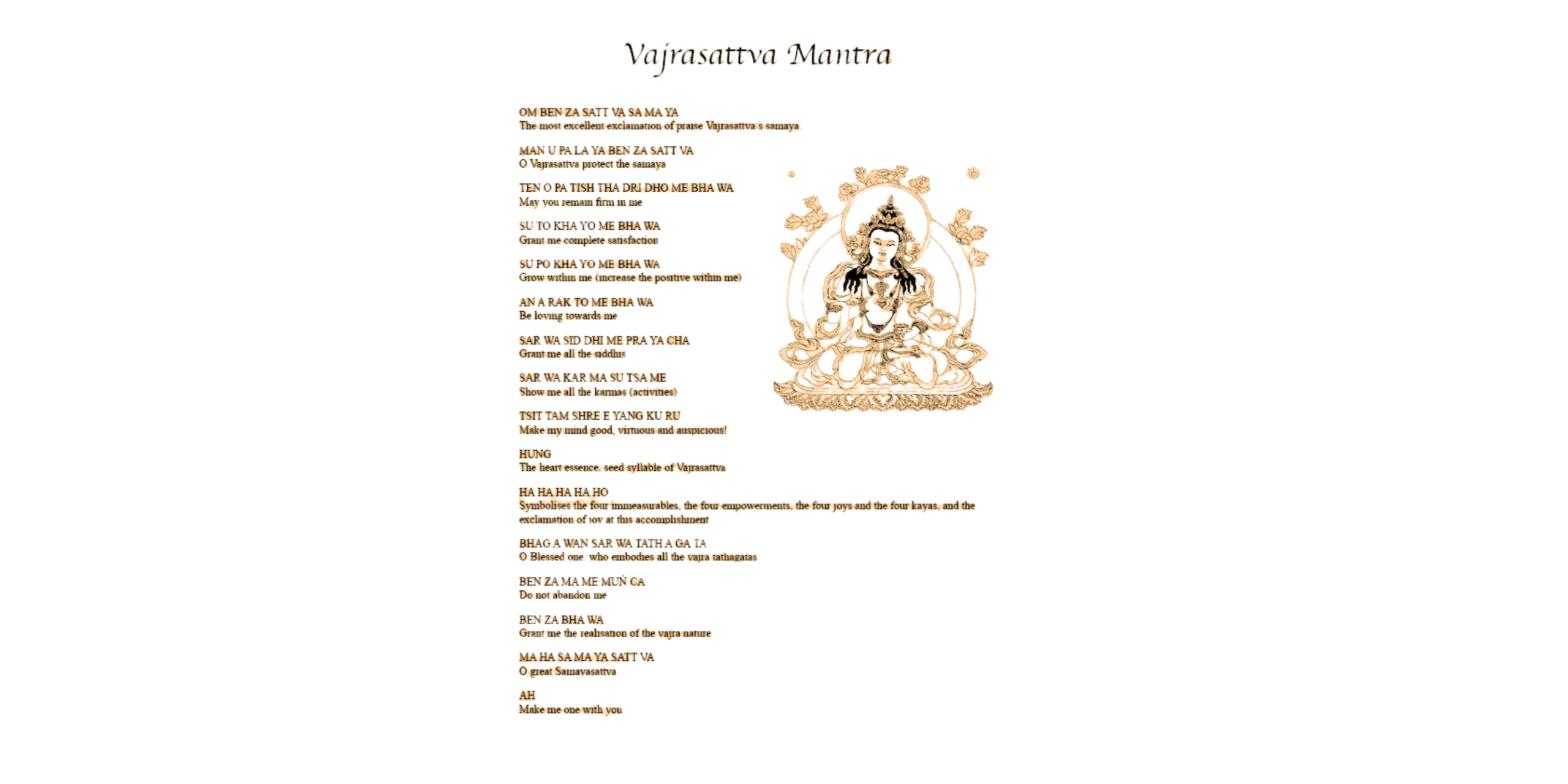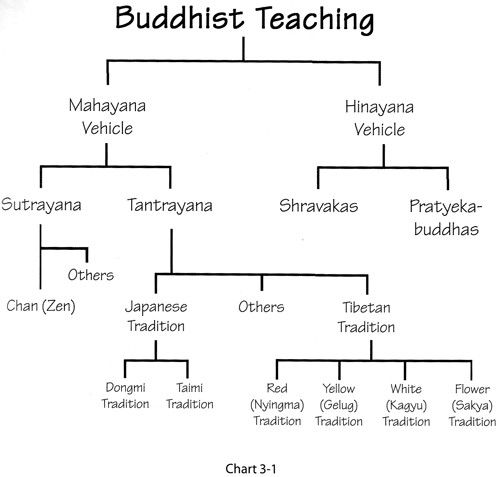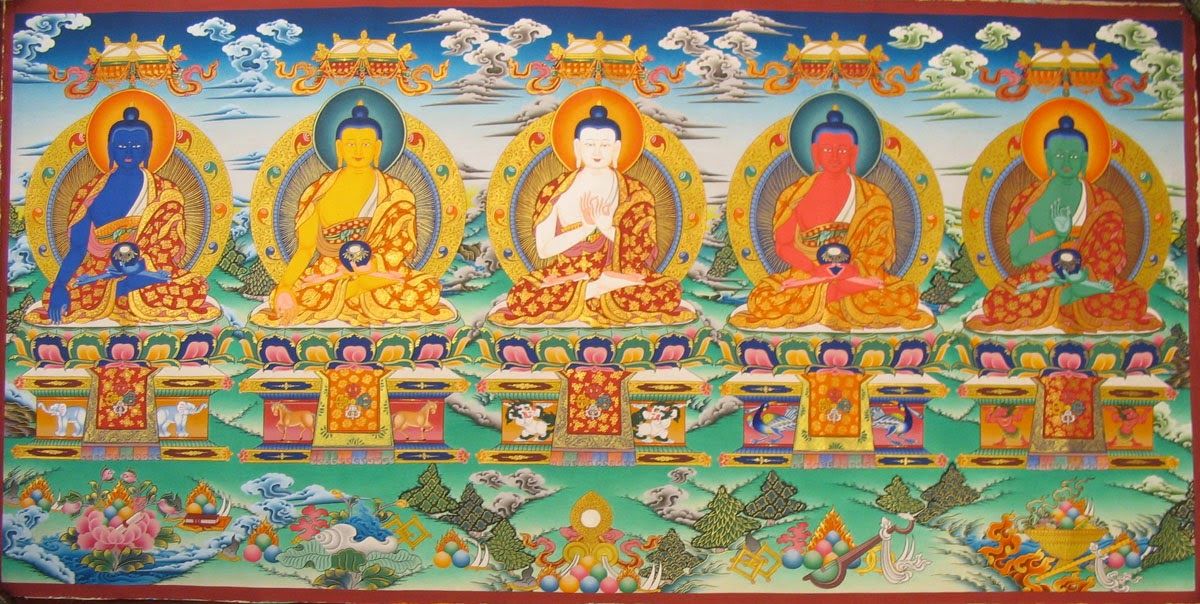If you practice yoga or have occasionally tried it out, you are undoubtedly familiar with the Sun Salutation, Surya Namaskar. This fundamental series of poses is believed to have roots in the Vedic texts, which date back thousands of years. In Hindu mythology, Surya, the Sun God, is revered as representing health and immortality. For both moving and immobile entities, Surya is the soul, according to the Rig Veda.
Surya Namskar: What is it?
The yoga technique known as Surya Namaskara involves performing 12 asanas, or positions, in succession. The cycle begins in the standing position, returns to the starting position, and alternates between many interconnected postures. Numerous variants of Surya Namaskar have been explained in various yoga treatises and schools. In Indian mythology, Surya dev, the Sun God, is portrayed riding a chariot drawn by seven horses, signifying the seven metres of the Vedas. This may be seen if we examine the sculptures on our old Konark Sun temple or study our texts. According to specific interpretations, the seven horses also stand for the seven primary chakras (energy centres), the seven colours of visible light, and the seven days of the week.
Origin of Surya Namaskar
In India, the Surya Namaskar ritual dates back to the Vedic era. Hinduism is based on a body of ancient writings called the Vedas. The sun is revered as a god in ancient scriptures, and worshipping it is considered a sign of respect for its strength and vitality. The Sanskrit terms सूर्य (sūrya) and नमस्कार (namaskāra), which translate to “sun” and “greeting” or “salute,” respectively, are the origin of the name Surya namaskar.
The original Surya Namaskar was a compilation of holy words said at sunrise by a Brahmin priest while reciting the Gayatri Mantra, not a series of yoga positions. He would entirely prostrate himself, face down on the ground, facing the sun, after completing the 132 passes that make up the entire exercise, which takes over an hour.
The King of Aundh, Late Shrimant Balasaheb Pant Pratinidhi, is credited with creating and popularising Suryanamaskar, a comprehensive physical workout, in the 1920s. Sri K V Iyer and Sri Krishnamacharya followed suit. It was discovered that Sri Krishnamacharya’s Suryanamaskar models were based on the Danda exercises described in Vyayama Dipika. Wrestlers and martial artists in India use dandaal, an ancient, popular, and significant physical training method.
The Advantages of Suryanamaskar
1. Benefits to the body
The sun’s power and energy may greatly help humankind when correctly harnessed. Every stage of Suryanamaskar involves dynamic motions that tone the joints and cause the body to contract and extend its muscles alternately. This causes the blood to be redirected to the kidneys and lungs for purification at the inactive muscles and joints.
2. Impact on endocrine processes
Many people view Suryanamaskar as a link between the practice of other advanced Asanas and Pranayamas and Sukshma Vyayama (Loosening Exercises). It aids in the relief of all mental disorders. A mental health imbalance is frequently linked to or causes a hormonal imbalance, which is how it shows up as an illness or syndrome, such as diabetes, thyroid dysfunction, and so on.
Additional advantages:
- It strengthens the muscles in the arms and waist.
- All muscles, organs, and nerves are activated.
- It strengthens and increases the efficiency of the internal organs.
- It aids in the body’s detoxification.
- It enhances vision.
- It balances metabolic processes and enhances the digestive process.
- It helps regulate rage and maintain a calm, collected mind.
- Surya Nadi and Pingala Nadi are stimulated by it. Consequently, this boosts vitality and promotes digestion.
- Improving the flow of prana eliminates energy blocks from the body.
- Surya Namaskara facilitates weight loss.
The Surya Namaskar Westernisation
Through talks and an exhibit film, Rajah Bhavanarao Pant Pratinidhi of Aundh, India, brought the Sun Salutation to England in 1936. His journey led him to meet journalist Louise Morgan, who endorsed his work in several pieces for the News Chronicle, which the people in England widely supported at the time. As an elixir for a healthy life and an anti-aging treatment, Morgan became a lover of the practice and helped spread awareness of Surya Namaskar among women at the time. Her encounter with the Indian emperor started the popularity of this flowing yoga pose in the West.
A Look at Surya Namaskar in Modern India
Influential yoga teachers like Swami Sivananda and T. Krishnamacharya helped Surya Namaskar became well-known in the early 20th century. They marketed this exercise as a full-body workout that benefits the whole body. The significance of synchronised breathing with every exercise was stressed by Krishnamacharya, who is frequently regarded as the founder of modern yoga.
Although they taught a modified form of the Sun Salutation technique in their own way, two well-known pupils of Krishnamacharya, BKS Iyengar and Patabhai Jobs, helped to popularise it even more.
Since then, the Surya Namaskar has been taught in every yoga school, either in its classic form or with minor modifications. Contemporary educators do their best to preserve its depth and authenticity when teaching the Sun Salutation to their students.
In conclusion
The most popular asana sequence, known as Suryanamaskar, originated in Indian traditional physical training. It also contains several modifications according to many contemporary Indian yoga styles. Using the literature as a reference, the review discusses the practice’s physical advantages in boosting joint mobility, muscle strength, and vitality. Additionally included were the physiological characteristics of raising respiratory capacity, cardiovascular stimulation, metabolic rate, mental health, and the healthy operation of endocrine glands.

